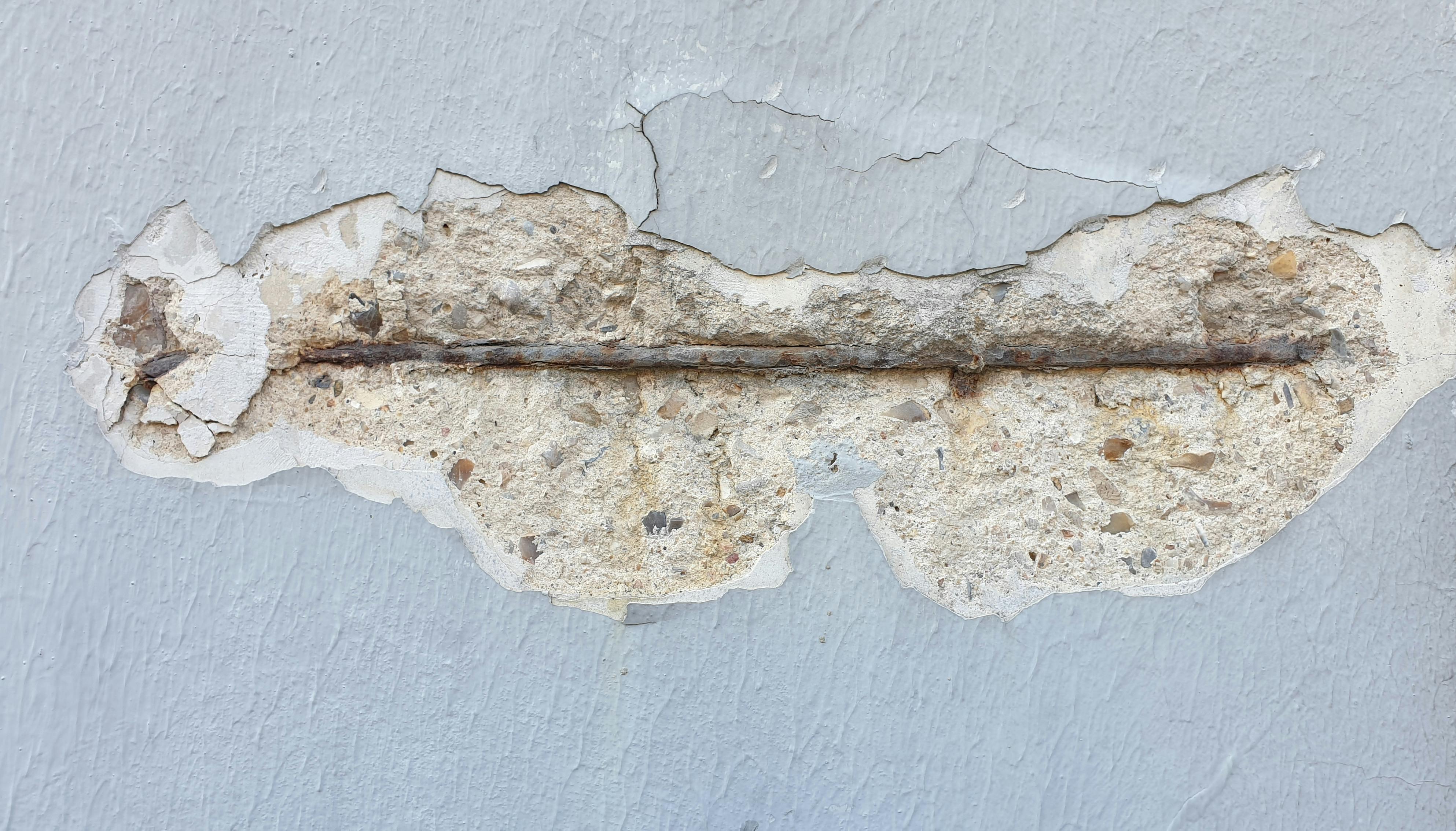Removing Lead Paint from Older Homes
Learn the safest ways to remove lead paint from older homes. Protect your family from lead exposure and find expert painters on ServiceSeeking.

Older homes have undeniable charm, but many were painted with lead-based paints, which can pose serious health risks. If your home was built before the mid-1980s, there’s a chance it contains lead paint, especially in primers or under multiple layers of newer paint.
Removing lead paint requires extreme caution to prevent exposure to toxic dust and fumes. Here’s what you need to know.
Why Lead Paint Is Dangerous
Lead exposure can have severe health effects, particularly in children and pregnant women. It can cause developmental issues, neurological damage, and other serious conditions.
For adults, prolonged exposure can lead to high blood pressure, kidney damage, and cognitive impairments. Lead dust and particles released during paint removal can linger in the air and settle in the soil around your home, creating long-term hazards.
Identifying Lead Paint in Your Home
Before removing paint, it’s essential to determine whether it contains lead. Here’s how:
- Lead Test Kits – Available at hardware stores, these can provide quick results.
- Professional Testing – Certified inspectors can take samples and assess risk levels.
- Assume It’s Lead-Based – If your home was built before 1965, it’s safest to assume the paint contains lead.
 (Image source: Deposit Photos)
(Image source: Deposit Photos)
The Best (and Safest) Methods for Removing Lead Paint
Since disturbing lead paint releases hazardous particles, proper removal techniques are essential. However, DIY removal can be hazardous if not done correctly. It’s best to call a professional.
1. Chemical Paint Strippers
- Use a citric acid-based or low-toxicity chemical stripper.
- Apply the stripper in small sections and cover it with plastic sheeting to reduce fumes.
- Scrape away softened paint carefully to prevent dust.
- Ensure adequate ventilation and wear a proper respirator.
2. Wet Sanding (Not Dry Sanding!)
- Wet sanding minimises dust compared to traditional sanding.
- Use a fine mist of water while sanding to trap lead particles.
- A vacuum fitted with a HEPA filter should be used for cleanup.
3. Heat Gun (With Caution)
- Only use a low-temperature heat gun (below 300°C) to soften the paint.
- Do not overheat the paint, as lead can vaporise at higher temperatures.
- Always wear full protective equipment, including gloves, goggles, and a respirator.
Methods to Avoid
Some methods are too hazardous and should never be used to remove lead paint:
- Dry Sanding or Scraping – This releases lead dust into the air.
- High-Temperature Heat Guns (Above 400°C) – Lead can vaporise, increasing inhalation risk.
- Power Washing – This can spread lead-contaminated water into the surrounding environment.
Why You Should Call a Professional Painter
Removing lead paint is not a job for the average homeowner. Professionals are trained to use proper containment procedures, HEPA filtration, and safe disposal methods that comply with regulations. Hiring an expert ensures:
- The safest removal techniques are used.
- Your home and family are protected from lead exposure.
- Compliance with local health and safety regulations.
- Proper disposal of hazardous materials.

Attempting to remove lead paint yourself without the right equipment and expertise can result in dangerous lead contamination. Instead of risking your health, hire a professional painter experienced in lead paint removal to do the job safely and efficiently.
Dealing with Lead-Contaminated Soil
If lead paint dust or chips settle in your yard, soil contamination can be a long-term problem. The Environmental Protection Authority (EPA) may require soil testing, and in severe cases, contaminated soil may need to be removed and replaced.
Should You Paint Over Lead Paint Instead?
Encapsulation (sealing lead paint with a special primer or sealant) is a safer alternative in some cases. If the existing paint is intact and not peeling, covering it with modern, lead-free paint may be a practical solution. However, this is not a permanent fix, as future renovations may disturb the underlying lead paint.
Lead paint removal is a serious task that requires expert handling. If you need a professional to ensure safe and compliant removal, find experienced painters on ServiceSeeking.com.au and get free quotes today.
Lead paint removal isn’t just a cosmetic job—it’s a serious health and safety concern. Using the right methods, protective equipment, and expert advice can make all the difference.
Whether you choose chemical stripping, wet sanding, or encapsulation, ensure you follow the best practices to protect yourself and your household. When in doubt, hiring a professional is the safest choice.
